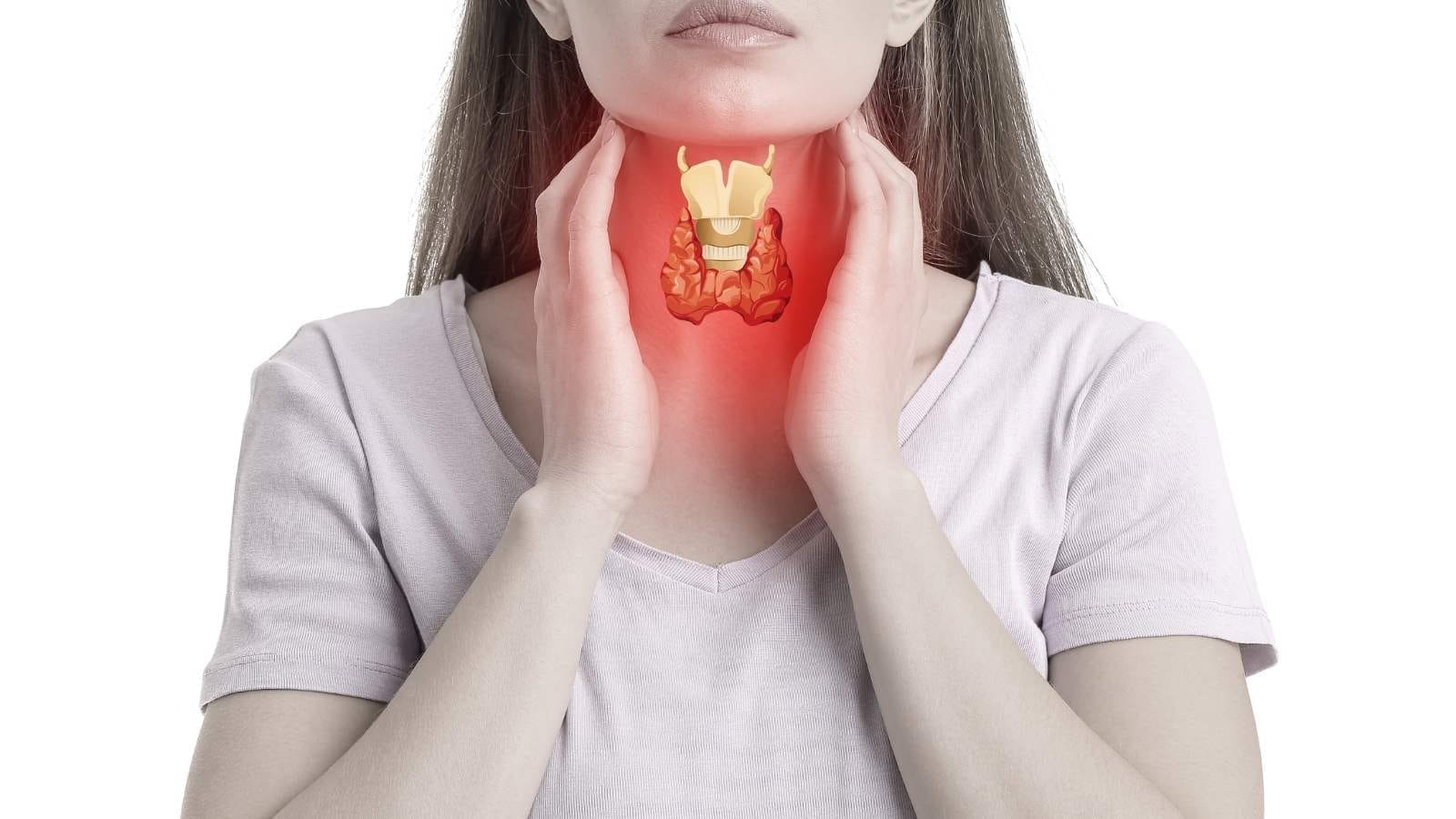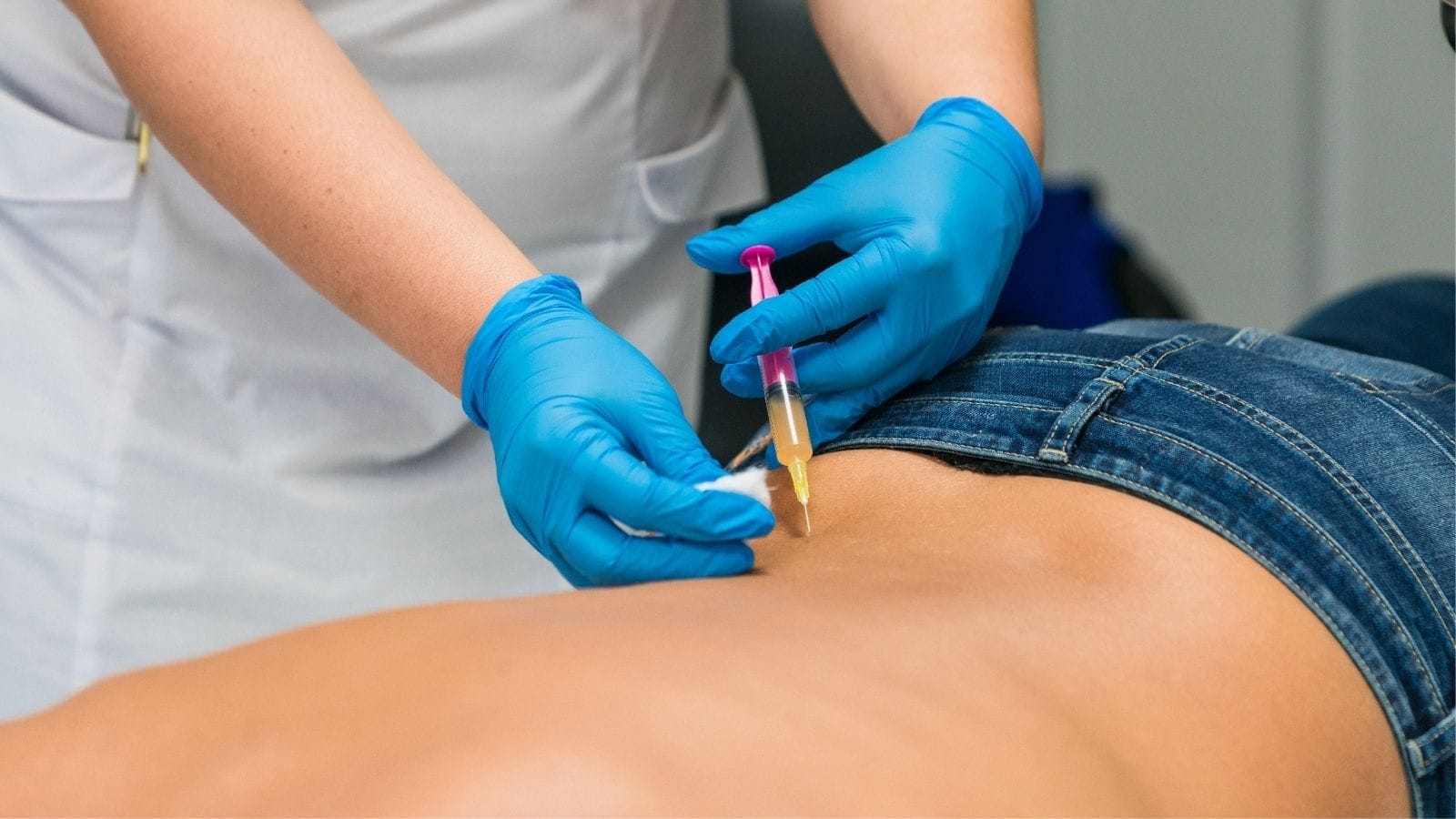Thrombosis is the formation of a blood clot inside a vessel, which can block circulation and cause serious complications. It occurs due to abnormal coagulation processes, vessel wall damage, or slowed blood flow.
Deep vein thrombosis (DVT) is the most common form, usually affecting the legs. Symptoms include swelling, redness, warmth, and pain. If untreated, clots may break loose and travel to the lungs, causing pulmonary embolism.
Arterial thrombosis may lead to heart attack or stroke by blocking blood flow in critical arteries. Symptoms appear suddenly and require urgent medical intervention to restore circulation and prevent tissue death.
Risk factors for thrombosis include immobility, smoking, obesity, cancer, and genetic clotting disorders. Preventive measures such as anticoagulant therapy, lifestyle changes, and early diagnosis significantly reduce risks.
| Medical Name | Thrombosis |
| Affected Areas | Vessels (venous thrombosis – veins, arterial thrombosis – arteries) |
| Causes | Slow blood flow, vessel damage, increased blood clotting tendency (hypercoagulability); risk factors include prolonged immobility, obesity, smoking, birth control pills, genetic predisposition (Factor V Leiden mutation), cancer, heart disease, pregnancy. |
| Symptoms | Deep vein thrombosis (DVT): Swelling, pain, tenderness in the leg, redness and increased warmth in the skin. Pulmonary embolism: Shortness of breath, chest pain, rapid heartbeat, coughing up bloodArterial thrombosis: Sudden pain depending on the affected organ, coldness and paleness in the arm or leg, stroke symptoms, chest pain (can cause heart attack) |
| Diagnostic Methods | Ultrasound (Doppler): Detects deep vein thrombosis Computed Tomography (CT): Used to confirm pulmonary embolismD-dimer test: Blood test indicating clot formation Angiography: To visualize arterial clots Magnetic Resonance Imaging (MRI): Detects brain vessel clots |
| Treatment Methods | Anticoagulants: Prevent blood clotting (heparin, warfarin, rivaroxaban, apixaban) Thrombolytic therapy: To dissolve an existing clot (streptokinase, tPA)Surgical intervention: Physical removal of the clot (thrombectomy) or stent placement Compression stockings: To improve blood circulation in the leg after DVT |
| Possible Complications | Pulmonary embolism: Clot traveling to the lung vessel causing serious respiratory failure and risk of sudden death Stroke: Clot traveling to a brain artery causing paralysisPost-thrombotic syndrome: Chronic pain, swelling, and skin changes in the leg after DVT Heart attack: Clot formation in heart vessels |
| Prevention Methods | Regular exercise, avoiding prolonged immobility (especially on long journeys), adequate fluid intake, healthy diet, quitting smoking, losing excess weight, anticoagulant use in high-risk patients |
| Recovery Time | Varies depending on location and severity; mild cases may resolve in a few weeks, while serious cases may require months of treatment and follow-up. Complications such as pulmonary embolism or stroke can cause permanent damage. |
Prof. Dr. Özgür KILIÇKESMEZ Prof. Dr. Kılıçkesmez holds the Turkish Radiology Competency Certificate, the Turkish Interventional Radiology Competency Certificate, Stroke Treatment Certification, and the European Board of Interventional Radiology (EBIR). In his academic career, he won the Siemens Radiology First Prize in 2008.
Interventional Radiology / Interventional Neuroradiology
Why Does Blood Clotting Occur in Blood Vessels?
Blood clotting is a complex process triggered by various factors. Endothelial damage is a key factor; the inner surface of blood vessels, known as the endothelium, may be damaged by trauma or inflammation, initiating the clotting cascade and exposing underlying tissues. Vessel injury is usually localized, but can also be seen in systemic inflammation.
Hypercoagulable states increase the risk of clot formation. This tendency is due to:
- Hereditary factors such as Factor V Leiden mutation
- Acquired factors such as cancer or hormone therapy
Stasis of blood flow can also cause thrombosis. Prolonged immobility leads to stagnation of blood in vessels and accumulation of clotting factors, especially increasing the risk of deep vein thrombosis in the legs.
Inflammation and immune responses may promote clot formation. Excessive inflammation and abnormal antibody production activate platelets and other coagulation components, greatly increasing the risk of abnormal clotting.
How Does Thrombosis Develop in the Body?
Thrombosis develops with the initiation of clotting in blood vessels. The first step is injury or dysfunction of endothelial cells. This causes the endothelium to lose its anticoagulant properties and release tissue factors that trigger the coagulation cascade. Next, platelets are activated, adhere to the damaged area, undergo shape changes, and secrete procoagulant substances:
- Adenosine diphosphate (ADP)
- Thromboxane A2
These promote the gathering of more platelets and formation of a platelet plug. The coagulation cascade is then activated. Tissue factor initiates thrombin activation, converting fibrinogen to fibrin. Fibrin is the key component that stabilizes the clot. As the thrombus grows, more platelets and red blood cells are incorporated. Natural anticoagulants and fibrinolytic systems work to balance clot growth, but if they are insufficient, the thrombus grows uncontrollably. Thrombosis may be arterial or venous, with different mechanisms:
- Arterial thrombosis develops under high shear stress and is associated with atherosclerosis.
- Venous thrombosis is characterized by fibrin-rich clots under conditions of slow blood flow and stasis.
*We recommend filling out all fields so we can respond in the best possible way.
What Are the Symptoms of Thrombosis?
Symptoms of thrombosis generally depend on the type and location of the affected vessel. In deep vein thrombosis, symptoms are usually concentrated in the legs. The affected leg develops pain and tenderness, often felt in the calf or thigh. The area may feel warmer, a sign of inflammation. Red or bluish discoloration may also be observed. Swelling is common and usually uneven, making the affected leg appear larger than the healthy one.
- Pain and tenderness: Localized to the calf or thigh.
- Swelling: More prominent compared to the other leg.
- Warmth: Increased temperature in the affected area.
- Color changes: The area may appear reddish or bluish.
In pulmonary embolism, symptoms are more rapid and severe. Sudden shortness of breath is the most well-known sign and requires emergency intervention. Chest pain, often worsened by deep breaths, is sharp in character. Rapid heartbeat and cough are common accompanying symptoms. Cough may be bloody. Dizziness and lightheadedness can also occur, especially if oxygen levels drop. If untreated, these symptoms can lead to severe consequences.
- Sudden shortness of breath: Often the first sign.
- Chest pain: Worsens with deep breaths.
- Rapid heart rate: The body compensates for decreased oxygen.
- Cough: May be bloody or persistent.
- Dizziness or lightheadedness: Related to decreased oxygen levels.
How Does Immobility Cause Blood Clots?
Immobility has a major impact on blood clotting. In cases of prolonged immobility—such as bed rest, long flights, or paralysis—normal blood flow is disrupted. Reduced muscle contraction decreases venous return, causing blood to stagnate in the veins. Stagnant blood impairs the function of endothelial cells, which usually secrete substances that prevent clotting. Reduced blood flow limits this function.
Additionally, some clotting factors become more active during immobility:
- Increased concentration of clotting factors like fibrinogen in the blood.
- Reduced activity of anticoagulant factors such as Protein C and S.
These changes trigger the clotting cascade and may cause deep vein thrombosis, characterized by dangerous clots in blood vessels. Immobility can also trigger an inflammatory response. Inflammation increases the expression of prothrombotic molecules on the endothelium and activates platelets, intensifying clot formation. If clots break off and travel to the lungs, they can cause pulmonary embolism, a serious and potentially fatal complication.
Can Genetic Factors Cause Thrombosis?
Genetic factors play a critical role in the development of venous thromboembolism. Thrombophilia increases a person’s tendency to form clots, usually due to inherited mutations. These mutations directly affect the clotting mechanism. For example, Factor V Leiden mutation makes factor V resistant to inactivation, increasing clot risk. This is particularly common among people of European descent. The Prothrombin G20210A mutation also increases venous thrombosis risk by raising blood prothrombin levels.
Key genetic factors include:
- Factor V Leiden: Makes clotting factor V more resistant to inactivation.
- Prothrombin G20210A Mutation: Increases blood prothrombin levels.
- Deficiencies in Natural Anticoagulants: Protein C, protein S, and antithrombin deficiency increase clot risk.
- Hyperhomocysteinemia: High homocysteine levels, often due to MTHFR mutations, damage blood vessels and promote clotting.
How Does Smoking Affect Blood Clotting?
Smoking has profound effects on blood clotting. Cigarette smoke contains harmful substances like nicotine and carbon monoxide, which damage endothelial cells lining blood vessels. This disrupts blood flow and makes clot formation easier, increasing the risk of atherosclerosis. Smoking also alters platelet function, making them more prone to aggregation.
- Smokers have higher fibrinogen levels, causing blood to clot more easily.
- Increased platelet activity promotes clot formation in blood vessels.
Studies show that smokers are three times more likely to develop venous thromboembolism than non-smokers, including deep vein thrombosis and pulmonary embolism. Smoking can also cause serious arterial clot problems such as heart attack and stroke. The risk increases with the amount smoked, but quitting can reduce these health risks over time, though former smokers remain at higher risk than those who never smoked.

Prof. Dr. Özgür Kılıçkesmez is one of Türkiye’s leading interventional radiology and neuroradiology specialists, focusing on minimally invasive endovascular treatments. His primary areas of expertise include aneurysm and stroke treatments, embolization procedures, non-surgical treatments of thyroid and parathyroid diseases, interventional oncology, and peripheral vascular interventions. He currently serves as the Head of the Interventional Radiology and Neuroradiology Department at Istanbul Memorial Göztepe Hospital.
Graduating from Istanbul University Cerrahpaşa Faculty of Medicine in 1997, Prof. Dr. Kılıçkesmez received advanced training in interventional radiology and oncology as a Clinical Fellow at London Guy’s & St Thomas’ and King’s College Hospital between 2012 and 2013. He earned the title of Professor in 2020 and, in the same year, became the Founding Interventional Radiologist at SBÜ Çam and Sakura City Hospital. He also holds the EBIR (European Board of Interventional Radiology) certification.
Prof. Dr. Kılıçkesmez has 94 international and 40 national publications and over 2500 citations. He serves as a reviewer for prestigious journals such as the American Journal of Roentgenology (AJR) and Diagnostic & Interventional Radiology. With his clinical and academic expertise, he is a nationally and internationally recognized authority in stroke treatment, brain aneurysm, embolization, tumor ablation, and minimally invasive treatments of thyroid/parathyroid diseases.









Vaka Örnekleri